
The Victoria & Albert Museum is one of London’s leading museum’s. It houses over 2.3 million pieces of art since its opening in 1852. it includes collections that span over 5,000 years of human creativity of every art form. The mission of the V&A Museum is to be recognized as the world’s leading museum of art, design and performance. They also strive to enrich and educate people’s lives to promote the enjoyment of learning about art and culture.
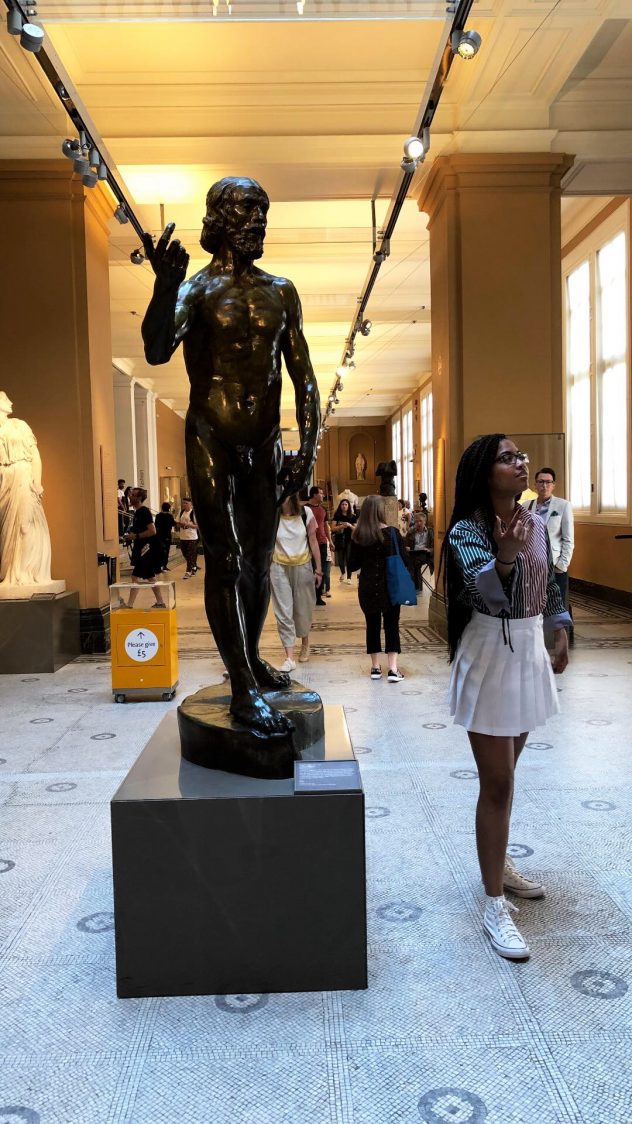
The fashion collection at the V&A has collections spanning over 5,000 years and is the largest and most comprehensive collection of clothing in the world. Important items in the fashion collections include 17th century gowns, 18th century dresses, 1930s eveningwear, 1960s daywear and post-war couture, 1990’s casual wear by a host of designers and artists.
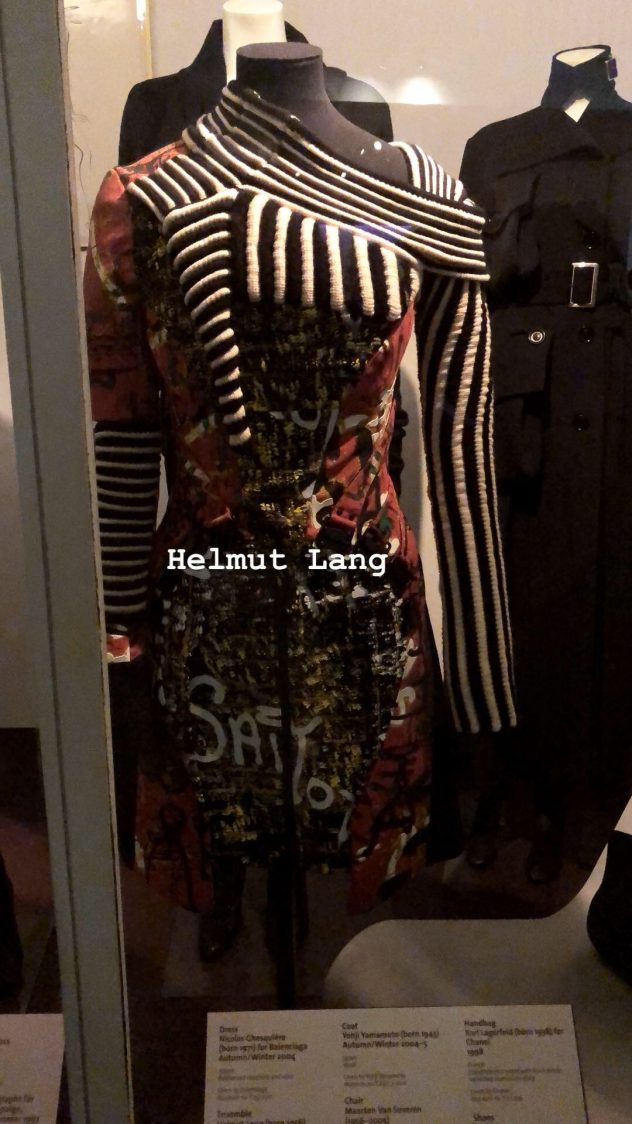
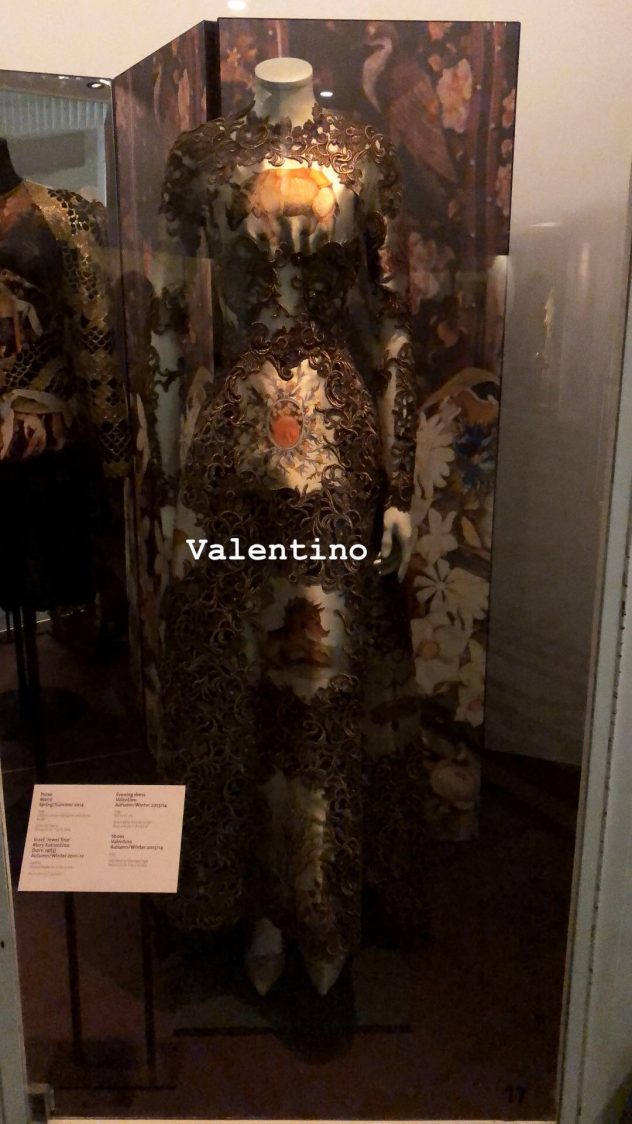
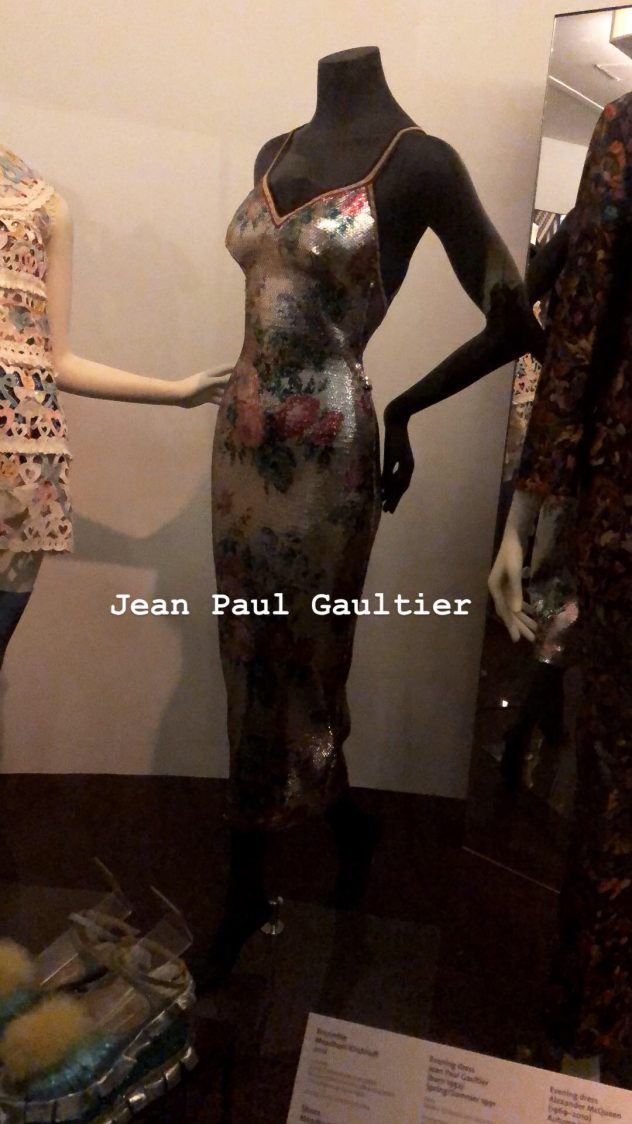
Some of my favorite collections were from Christian Dior, Helmut Lang, Valentino and Jean Paul Gaultier. Post war fashion was also very interesting to me because it showed that women were only allowed 3 buttons and it was the first time women didn’t have to have a skirt or dress to the ground, they had to ration materials during the world wars.
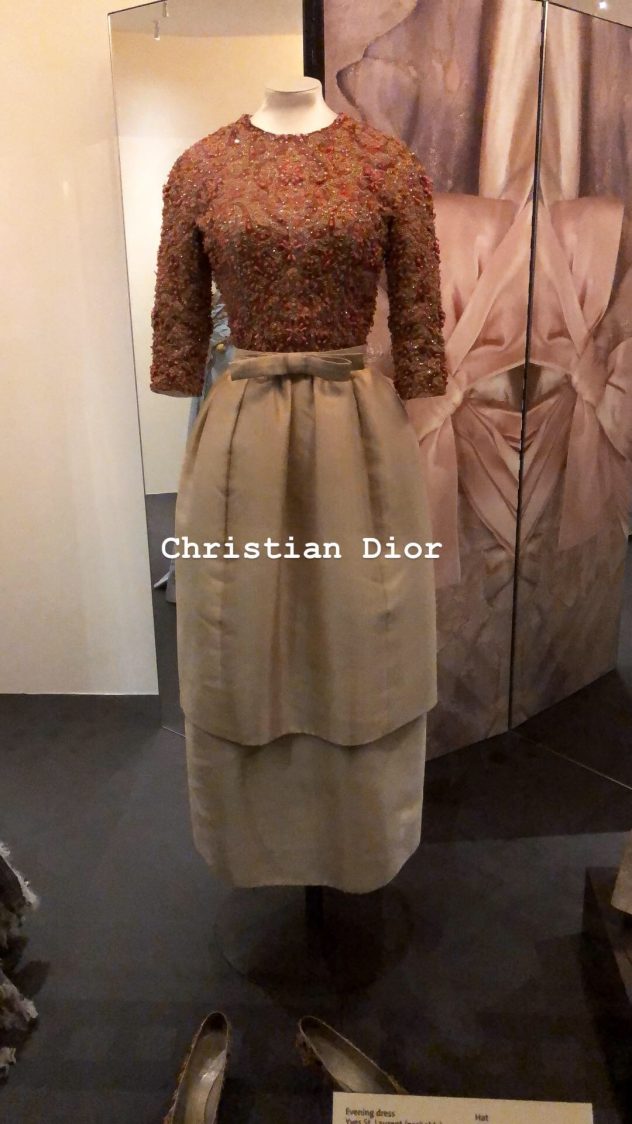
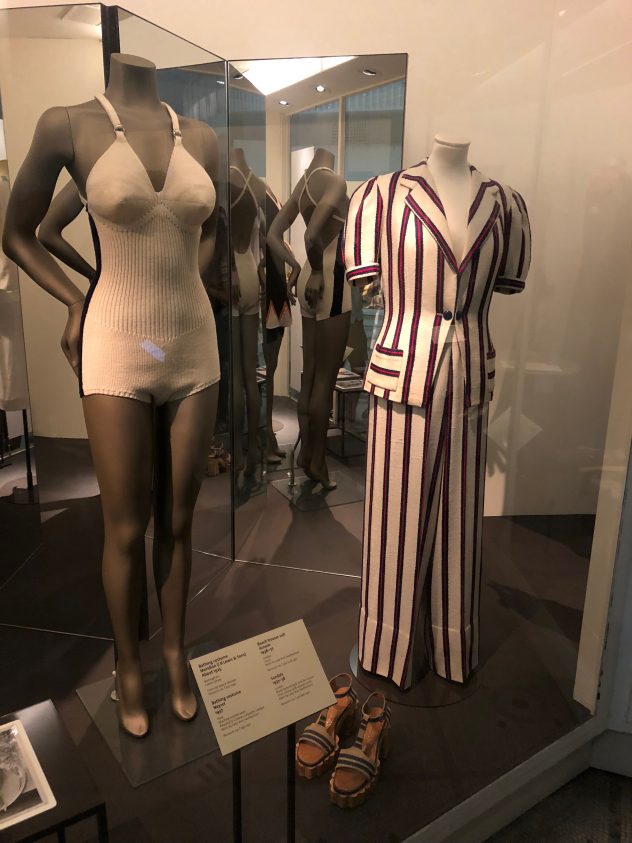
This bathing suit was deigned by Neyret around 1937 in Paris. It’s made out of machine knitted wool.
This striped trouser set was designed by Arnson around 1936/1937. It is made out of Linen.
The 1920’s and 1930’s saw a new freedom for women. A new ‘sporty’ and ‘leisure’ way of dressing became popular. Many designers introduced new ‘resort’ collections including Chanel. It was also the first time many designers introduced perfume into their brands.

I also found this open container made in the year 964 AD interesting and beautiful. It has a inscription of a prayer around the lid for And al-Rahman III’s successor. A similar prayer is also on the casket made for his wife in 964 as well. It is assumed the container held a scented substance and has a pierced lid allowing the fumes to circulate. I’ve noticed that the scared muslim pieces hold a lot of value in their culture and are usually small in size.
Sources: https://www.vam.ac.uk/collections/fashion
https://www.vam.ac.uk/info/about-us/
https://www.vam.ac.uk/collections/fashion